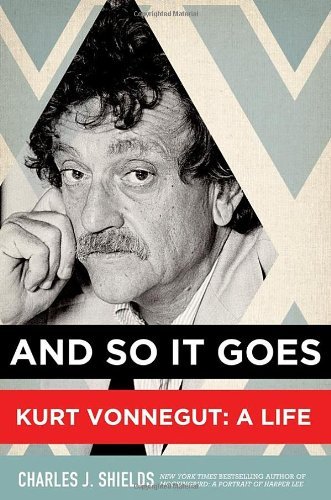What do you think?
Rate this book


The first authoritative biography of Kurt Vonnegut Jr., a writer who changed the conversation of American literature
In 2006, Charles Shields reached out to Kurt Vonnegut in a letter, asking for his endorsement for a planned biography. The first response was no ("A most respectful demurring by me for the excellent writer Charles J. Shields, who offered to be my biographer"). Unwilling to take no for an answer, propelled by a passion for his subject, and already deep into his research, Shields wrote again and this time, to his delight, the answer came back: "O.K." For the next year—a year that ended up being Vonnegut's last—Shields had access to Vonnegut and his letters.
And So It Goes is the culmination of five years of research and writing—the first-ever biography of the life of Kurt Vonnegut. Vonnegut resonates with readers of all generations from the baby boomers who grew up with him to high-school and college students who are discovering his work for the first time. Vonnegut's concise collection of personal essays, Man Without a Country, published in 2006, spent fifteen weeks on the New York Times bestseller list and has sold more than 300,000 copies to date. The twenty-first century has seen interest in and scholarship about Vonnegut's works grow even stronger, and this is the first book to examine in full the life of one of the most influential iconoclasts of his time.
513 pages, Hardcover
First published November 8, 2011

"[...] in 1973 in Drake, North Dakota [...] a sophomore complained that her English class was reading Slaughterhouse-Five and that it was profane. The school board went into special session and ordered the superintendent to burn all copies of the novel. On a freezing November day, three dozen were shoveled into the school furnace [...]"The biographer goes into much detail about Kurt Vonnegut's personal life, in my view way too much. The long-lasting yet gradually more and more difficult marriage to Jane Cox is juxtaposed with Vonnegut's turbulent later-life union with Jill Krementz. The biographer does not hide his moral judgments.